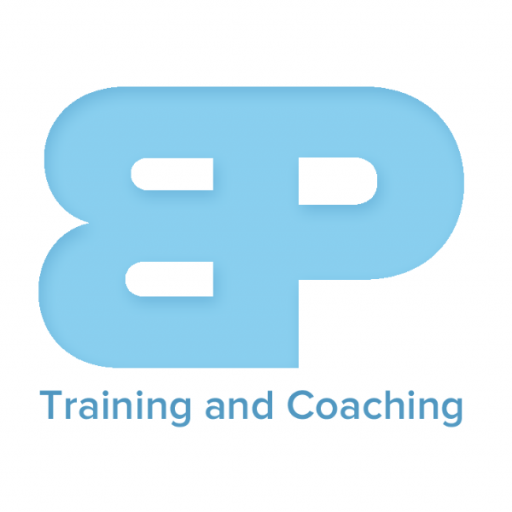In the previous lesson, we learned about the importance of rest and recovery in your fitness journey. Now, we’ll dive into the concept of active recovery and how to incorporate it into your routine to boost your progress.
Active recovery is a vital part of any well-rounded fitness plan. By engaging in low-intensity activities on your rest days, you can help your body recover more efficiently and improve your overall performance. In this lesson, we’ll explore different active recovery methods and provide you with an activity to help you integrate active recovery into your routine effectively.
The Tale of the Tortoise and the Hare: A Lesson in Active Recovery
You may have heard the classic story of the Tortoise and the Hare. The Hare, overconfident in his speed, challenges the slow Tortoise to a race. The Hare races ahead, leaving the Tortoise far behind. But instead of continuing at a consistent pace, the Hare decides to take a nap. The Tortoise, on the other hand, keeps moving slowly and steadily. Eventually, the Tortoise passes the sleeping Hare and wins the race.
This story is a perfect analogy for active recovery. The Hare represents an individual who focuses solely on intense workouts, while the Tortoise symbolizes someone who understands the value of balance and active recovery. By incorporating active recovery into your fitness plan, you can maintain progress even on rest days, just like the Tortoise.
Active Recovery Methods: Choose What Works Best for You
There are various active recovery methods that you can choose from, depending on your fitness level, preferences, and goals. Here are some popular options:
- Light Cardio: Engaging in low-intensity cardiovascular exercises, such as walking, cycling, or swimming, can help improve circulation and promote muscle recovery.
- Yoga: Practicing yoga can help improve flexibility, balance, and relaxation, all while promoting recovery.
- Stretching: Gentle stretching can help alleviate muscle soreness and improve flexibility.
- Foam Rolling: Using a foam roller can help release muscle tension and improve mobility.
- Recreational Activities: Participating in recreational activities such as hiking, dancing, or playing sports can also serve as active recovery, allowing you to have fun while helping your body recover.
Questions to Consider
- Which active recovery methods resonate with you the most?
- How can you incorporate active recovery activities into your current routine?
- Are there any additional activities you’d like to explore as part of your active recovery plan?
Activity: Design Your Active Recovery Plan
Using the information from this lesson and the previous one, create an active recovery plan that complements your existing workout routine:
- Identify 2-3 active recovery activities that you enjoy and would like to incorporate into your plan.
- Schedule active recovery days within your workout routine, ensuring you have at least one active recovery day per week.
- Set specific goals for each active recovery activity, such as duration, frequency, or intensity.
- Track your active recovery activities in your fitness journal, noting any improvements in performance or how you feel during your regular workouts.
Takeaway: Balance is Key
Active recovery is a powerful tool in your fitness journey, helping you to balance intense workouts with restorative activities. By incorporating active recovery into your routine, you can avoid overtraining, reduce the risk of injury, and promote overall well-being.
Conclusion
Well done on completing this lesson on active recovery! By understanding the benefits of active recovery and incorporating it into your fitness plan, you’ll be better equipped to achieve your fitness goals while maintaining a healthy balance.
